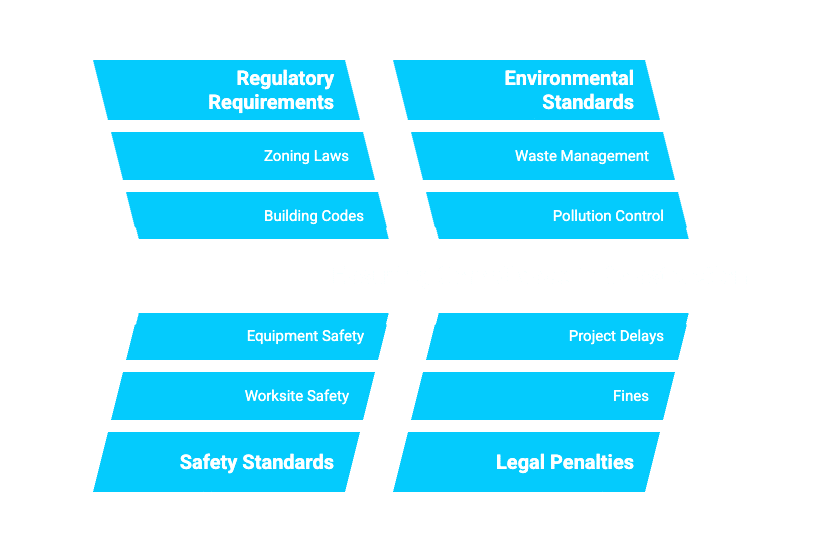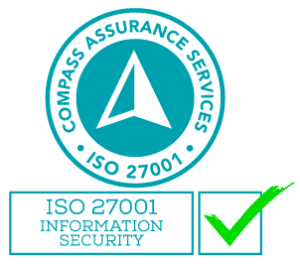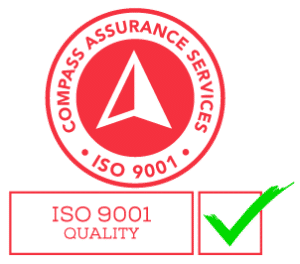Compliance in construction covers a broad spectrum, from ensuring safety on the worksite to meeting environmental standards and adhering to legal requirements. Whether you’re building a high-rise in Sydney or a new suburb in Perth, understanding and adhering to the myriad of regulations and standards is crucial.
However, keeping up with these regulations can be a daunting task. With rules constantly evolving and the stakes high for non-compliance, it’s vital for construction professionals to stay informed and proactive.
But how can you ensure that your project ticks all the boxes for compliance? What tools and strategies can make this complex task more manageable?
In this article, we’ll explore these questions, offering insights and practical advice to keep your projects on the right side of the law, safe, environmentally sound, and up to the highest standards of quality.

Compliance Requirements: What You Need To Know
Every construction project must adhere to a range of legal and regulatory requirements. This includes building codes, zoning laws, and other regulations set by local, state, and federal governments. These laws ensure that buildings are safe, functional, and in line with community standards. Failing to comply can lead to legal penalties, project delays, and increased costs.
Safety Standards
Safety is paramount in construction. Australian standards for workplace health and safety outline the responsibilities of employers to provide safe work environments. This involves implementing safety protocols, providing training, and ensuring that all equipment and practices meet safety standards.
These bodies include:
- State and territory building and planning laws
- Consumer laws
Environmental Regulations
Construction projects often have a significant impact on the environment. Compliance with environmental regulations involves managing waste, reducing emissions, and protecting local ecosystems. This includes complying with laws regarding air and water quality, waste management, and land use. Ensuring environmental compliance is not only a legal responsibility but also an ethical one, reflecting your commitment to sustainability and conservation.
These bodies include:
- Electrical and gas regulations
Technology Solutions for Effective Compliance Management
Digital tools and software solutions can significantly support construction compliance management, making it easier to keep track of regulations, documentation, and reporting.
Documentation and Record Keeping
Maintaining accurate and detailed records is essential for compliance. Advanced software solutions provide a centralised platform for storing all compliance-related documents, such as permits, inspection reports, and safety protocols.
These solutions include:
Document Management Systems: Platforms like SharePoint for organising and storing important compliance documents.
Building Information Modelling (BIM): Software like Autodesk Revit for detailed project modelling and record keeping.
RFID Tracking Systems: For tracking materials and equipment, ensuring proper usage and record keeping.
Cloud Storage Solutions: Services like Azure for secure storage and easy access to compliance documents.
Real-Time Reporting and Monitoring
Software can track whether safety checks are being conducted regularly and if environmental standards are being met during construction. This real-time insight allows for immediate corrections if any non-compliance issues are detected, reducing the risk of penalties and project delays.
These solutions include:
GPS and Fleet Management Systems: Tools like Verizon Connect for tracking vehicles and equipment.
Wearable Technology: Smart helmets or vests for monitoring worker safety in real-time.
Drones for Surveying: Providing aerial data for real-time monitoring of construction sites.
Internet of Things (IoT) Sensors: Used for monitoring various aspects of the construction site in real-time, like structural integrity, temperature, or humidity levels.
Regulatory Updates and Alerts
Compliance software can provide timely updates and alerts about new laws or amendments to existing ones. This feature ensures that construction managers and their teams are always working with the most current information, helping them to remain compliant.
These solutions include:
Compliance Management Software: Platforms like Procore or PlanGrid that offer features for keeping track of changing regulations.
Environmental Compliance Software: Tools like Enablon or Intelex for managing environmental regulations.
Legal Compliance Platforms: Software that specifically tracks legal changes relevant to the construction industry, like changes in labour laws or building codes.
Training and Education
Many digital platforms offer training modules and educational resources to keep employees up-to-date with the latest safety standards and regulations. This not only promotes a culture of compliance but also enhances overall safety and efficiency on the construction site.
These solutions include:
E-Learning Platforms: Online courses and training modules for compliance-related topics.
Augmented Reality (AR) for Training: AR platforms for immersive training experiences.
Webinars and Virtual Workshops: Conducted by industry experts on compliance and regulatory standards.
Interactive Training Software: Tools that provide interactive scenarios for understanding and applying compliance rules.
Automated Compliance Checks
These tools can analyse project data against compliance criteria to identify potential issues. This proactive approach can save time and reduce the likelihood of human error.
These solutions include:
AI and ML Tools: Analysing data to predict and automate compliance processes.
Project Management Tools: Software like Microsoft Project that can be configured to automatically check for compliance in scheduling and resource allocation.
Safety Management Systems: Tools like SafetyCulture for automated safety audits and inspections.
Compliance Auditing Software: Automated systems that regularly conduct internal audits of business processes and practices.
Construction Compliance Management: A Checklist
1. Legal and Regulatory Requirements:
- Ensure all permits and approvals are obtained before commencing work.
- Use compliance management software to track and manage permits, licences, and approvals.
- Regularly update your team on changes in legislation using digital platforms that provide legal updates and alerts.
2. Safety Standards and Protocols:
- Conduct regular safety audits and inspections on-site.
- Implement safety management software for real-time monitoring of safety practices and incident reporting.
- Provide online training modules on safety standards and emergency procedures to all staff.
3. Environmental Regulations:
- Assess the environmental impact of the project during planning stages.
- Utilise environmental management systems to monitor and report on environmental performance, such as waste management and carbon footprint.
- Access up-to-date information on environmental regulations through specialised digital resources.
4. Quality Control Measures:
- Implement quality control checks at various stages of the construction process.
- Use quality management software to document and track quality metrics and to flag issues that need attention.
- Conduct digital surveys for client feedback at project completion to continually improve quality standards.
5. Documentation and Record Keeping:
- Maintain comprehensive records of all construction activities and compliance-related documents.
- Use document management systems to securely store and easily retrieve documents as needed.
- Implement digital signature and approval workflows to ensure timely processing of important documents.
6. Staff Training:
- Schedule regular compliance training sessions for updates and safety protocols.
- Use e-learning platforms for accessible and up-to-date training materials.
- Monitor training completion and compliance using learning management systems.
7. Communication and Collaboration:
- Establish clear lines of communication among all project stakeholders.
- Utilise project management tools for effective collaboration and to keep everyone informed about compliance-related matters.
- Implement collaborative platforms for real-time updates and issue resolution.
Guarantee Compliance Adherence with Expert Management
By integrating these steps, construction professionals can more effectively manage and maintain compliance obligations. These tools streamline the process and provide a more structured and reliable approach to ensuring compliance requirements are met.
Steadfast Solutions specialises in providing compliance management for the construction industry, and our expert team will help you ensure that your project meets all standards efficiently and effectively. Reach out to us today, and let’s work together to ensure your company’s safety and compliance for a successful future.




